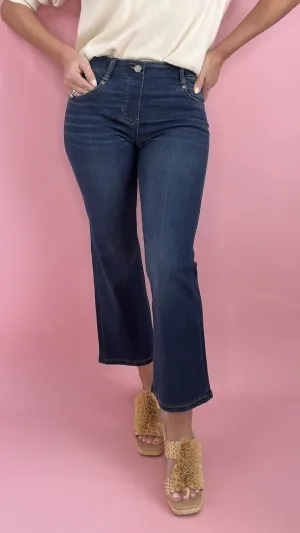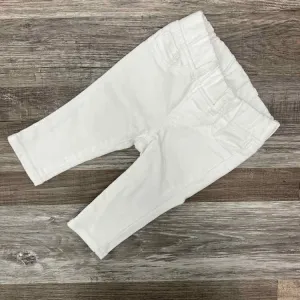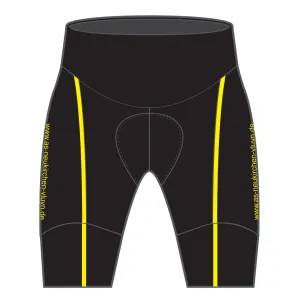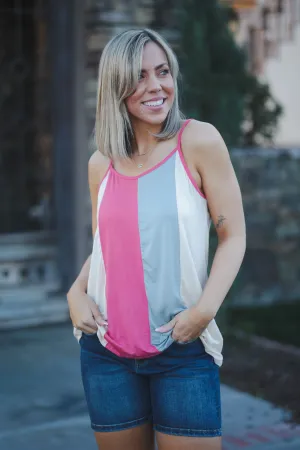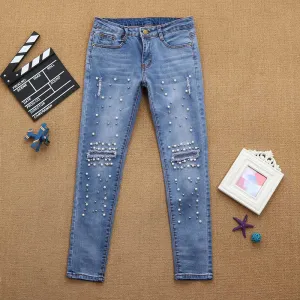(1915-1991), alongside Jackson Pollock, Mark Rothko, and Willem de Kooning, made up the quartet of American abstract painters that radically defined abstraction and established New York City as the center of the art world for the second half of the 20th century.
Motherwell was also the unofficial spokesman of the New York School, writing, teaching, and lecturing on behalf of the movement, his fellow artists, and the merits of abstraction.
His work appears in museum collections around the world and is instantly recognizable for its boldness and black forms. Yet in addition to his impressive paintings, Motherwell is also revered as a printmaker. He is one of the most innovative and prolific printmakers of the 20th century. He was always searching for new techniques, whether at his own printmaking atelier or collaborating with others, to expand his ideas and express his aesthetic.
In the 1960s, Motherwell visited Italy on vacation with his then-wife, . Motherwell became enamoured with the Italianate landscape and the mountainous terrain of the Liguria region, which inspired a series of paintings, "Summertime in Italy".
With the same title, this bold graphic lithograph which is related to the series, carries the same commanding presence. For this piece, Motherwell applied liquid tusche, a lightweight ink that would enable rapid application comparable to his "Spontaneity Paintings".
The strong, frenetic strokes result in a vigorous composition that in true Motherwell fashion is highly intuitive while also demonstrating great restraint. This enigmatic shape, that we could describe as a rebellious or contorting triangle, makes many appearances in Motherwell's work. How do you interpret this form?
Questions about this piece? or call .
Visit our Toronto gallery on .
"Summertime in Italy (with Lines)"
USA, 1966
Lithograph on rives BFK paper
Signed "Motherwell" in pencil upper right
From an edition of 100
22.25"H 17"W (work)
Publisher: Hollander Workshop, New York
Very good condition
Provenance: Kasmin (NYC) / The Dedalus Foundation
Note: although this was an edition of 100, approximately one third of the run had a light blue background, the next section was realized with denim blue and finally the last section was created with an ink black background.




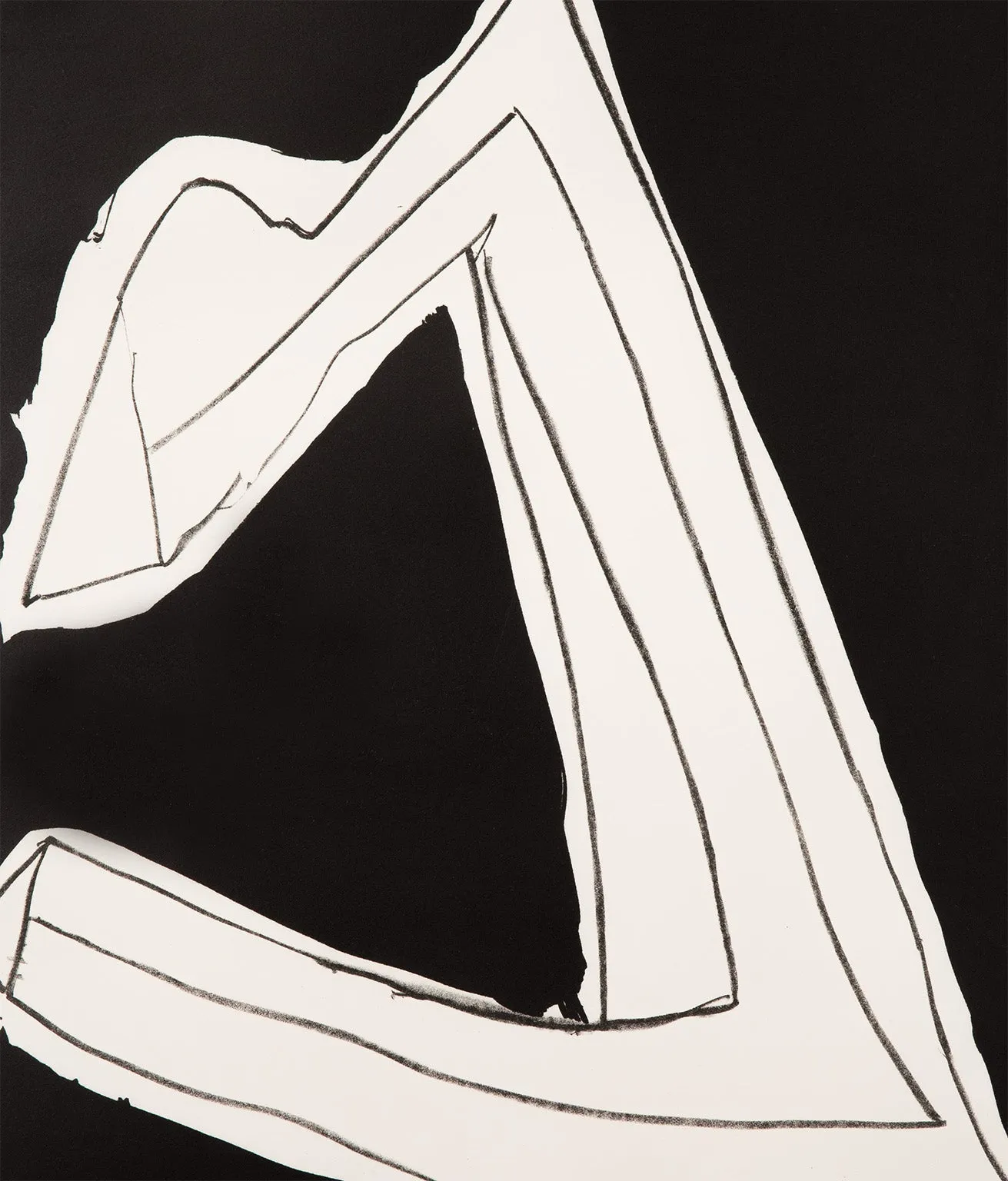
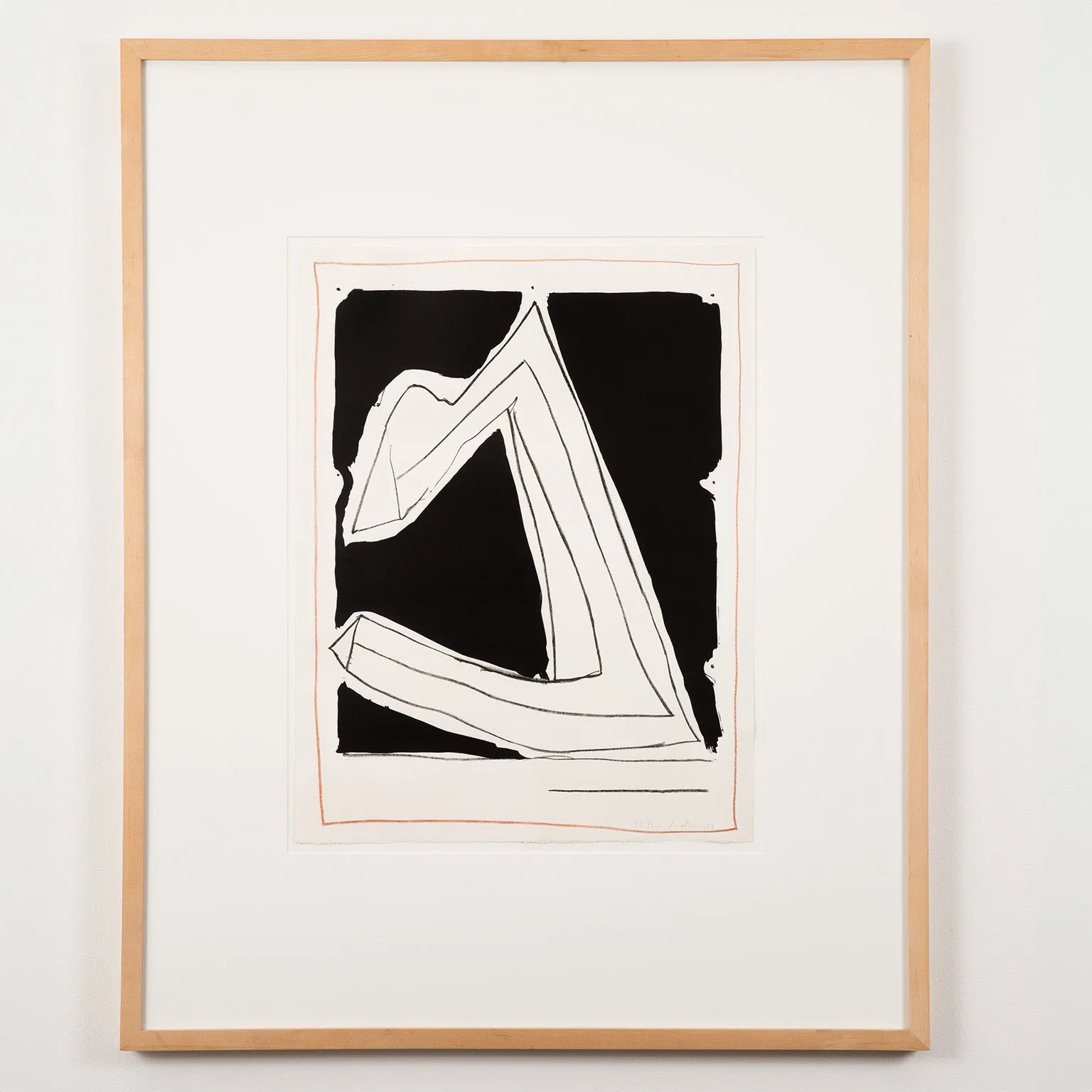
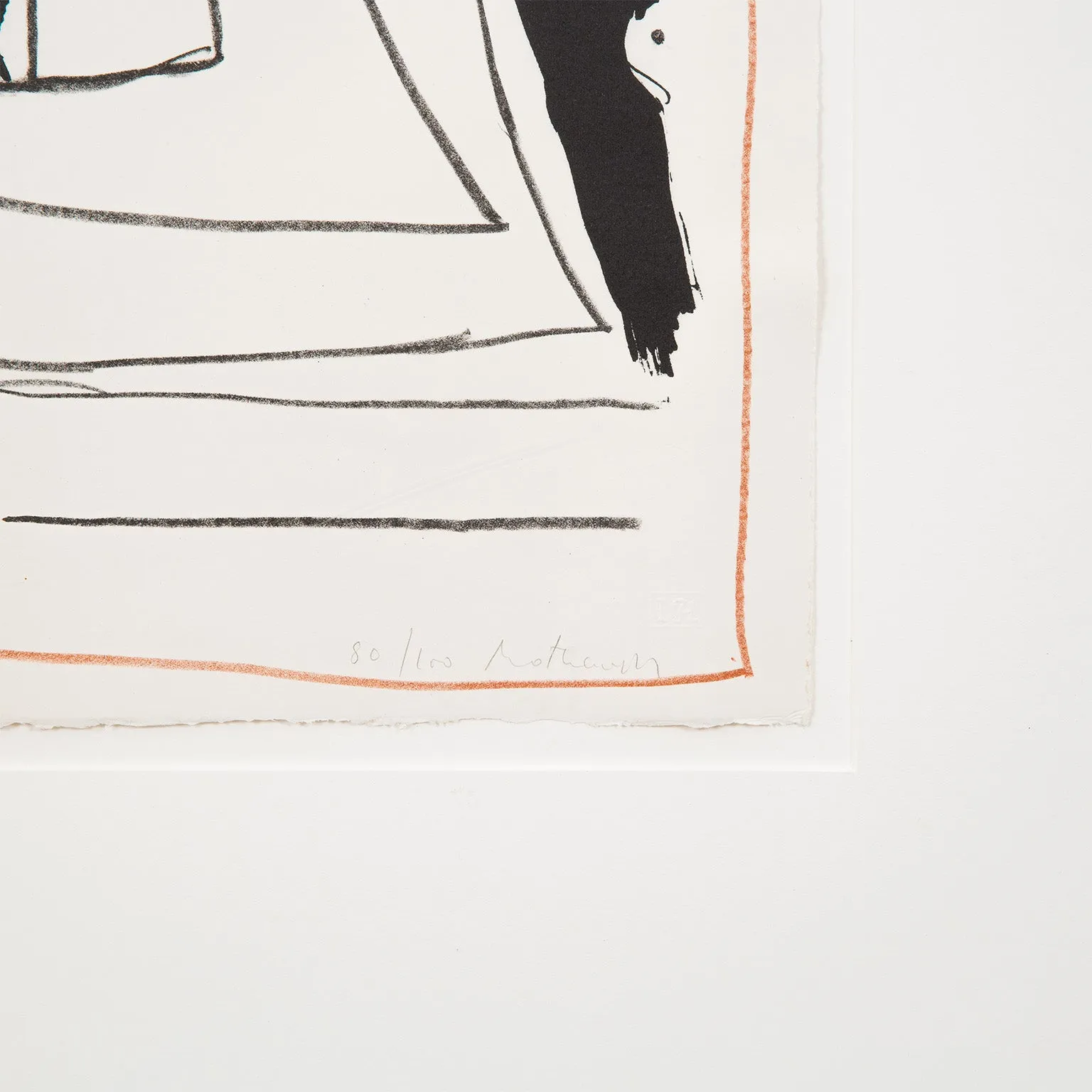
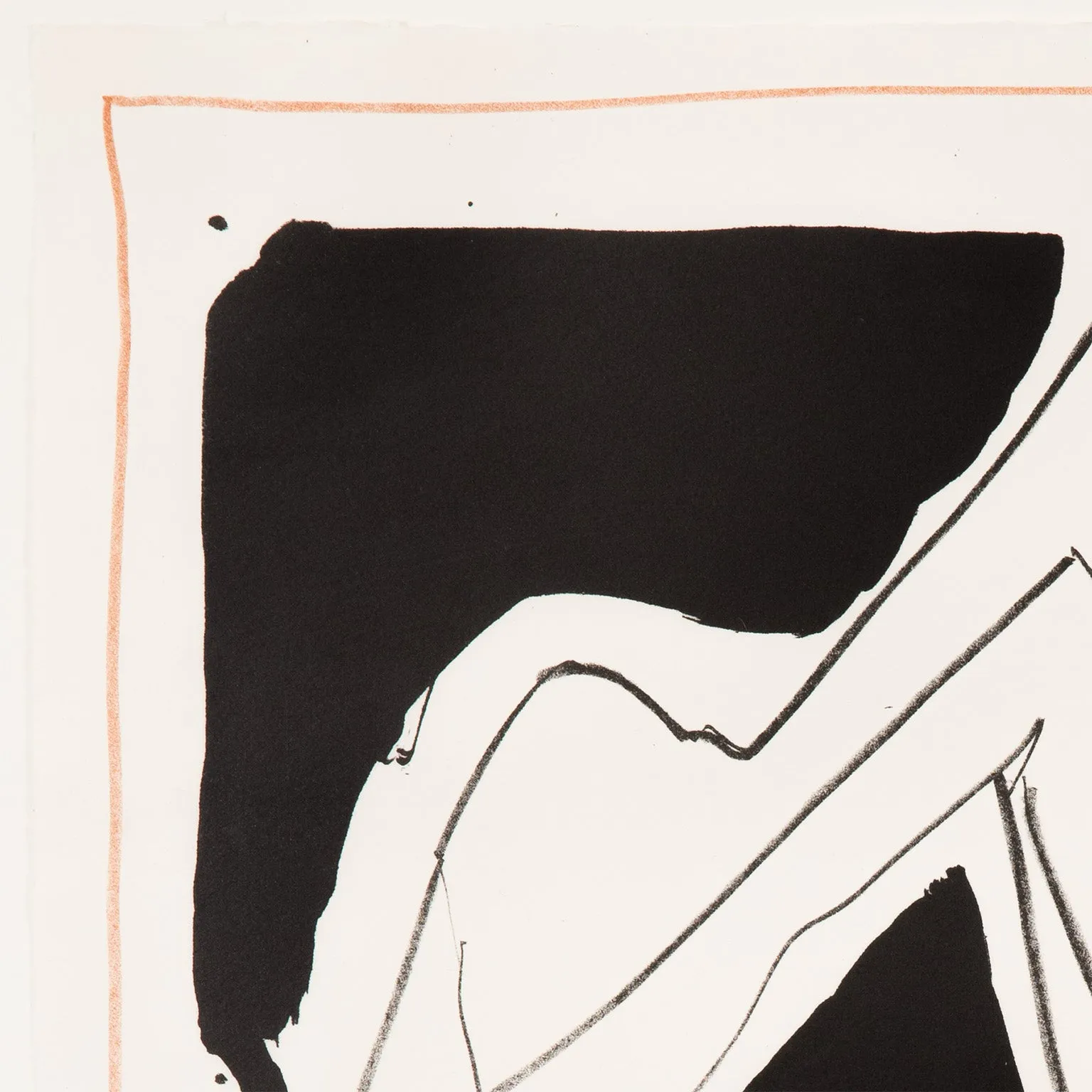
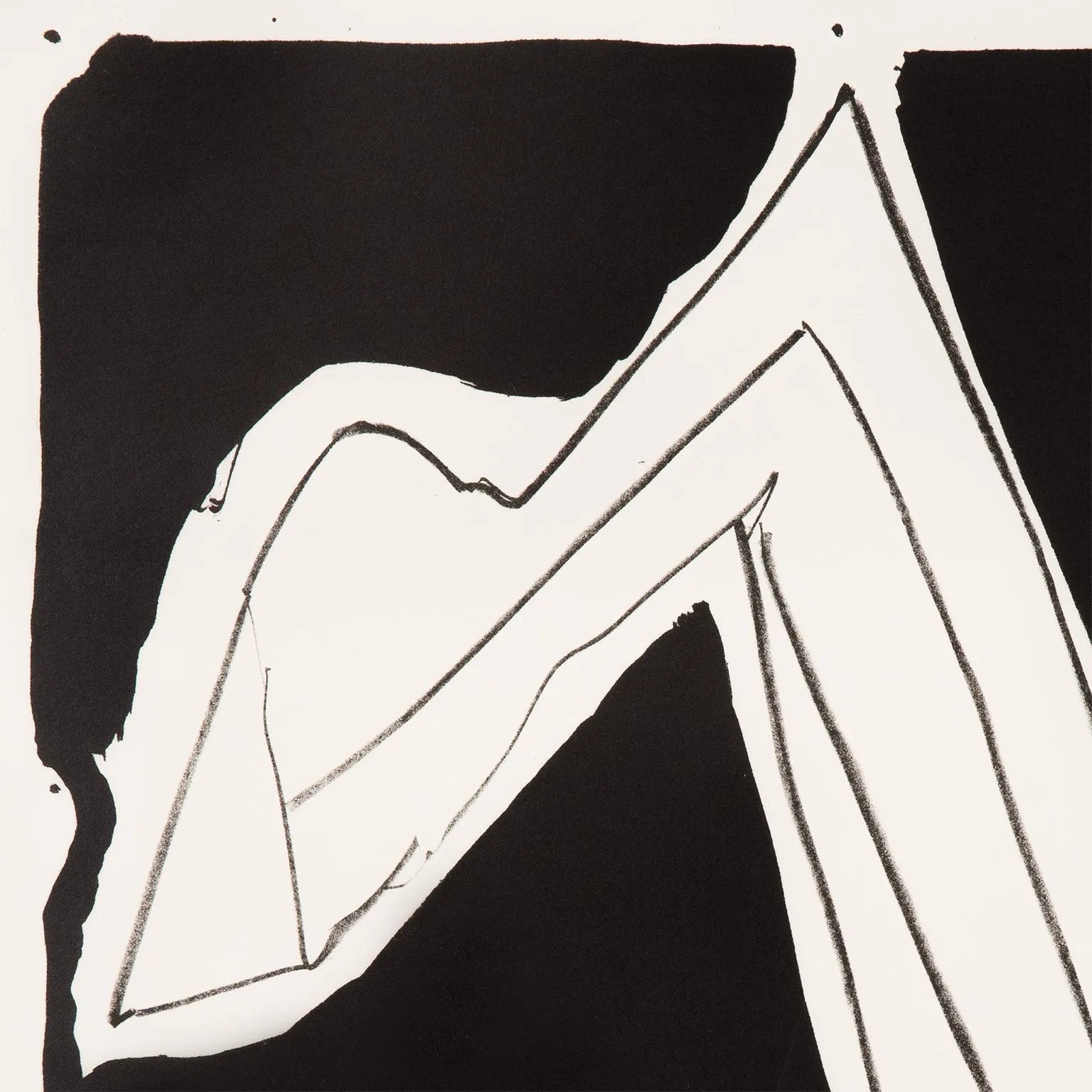

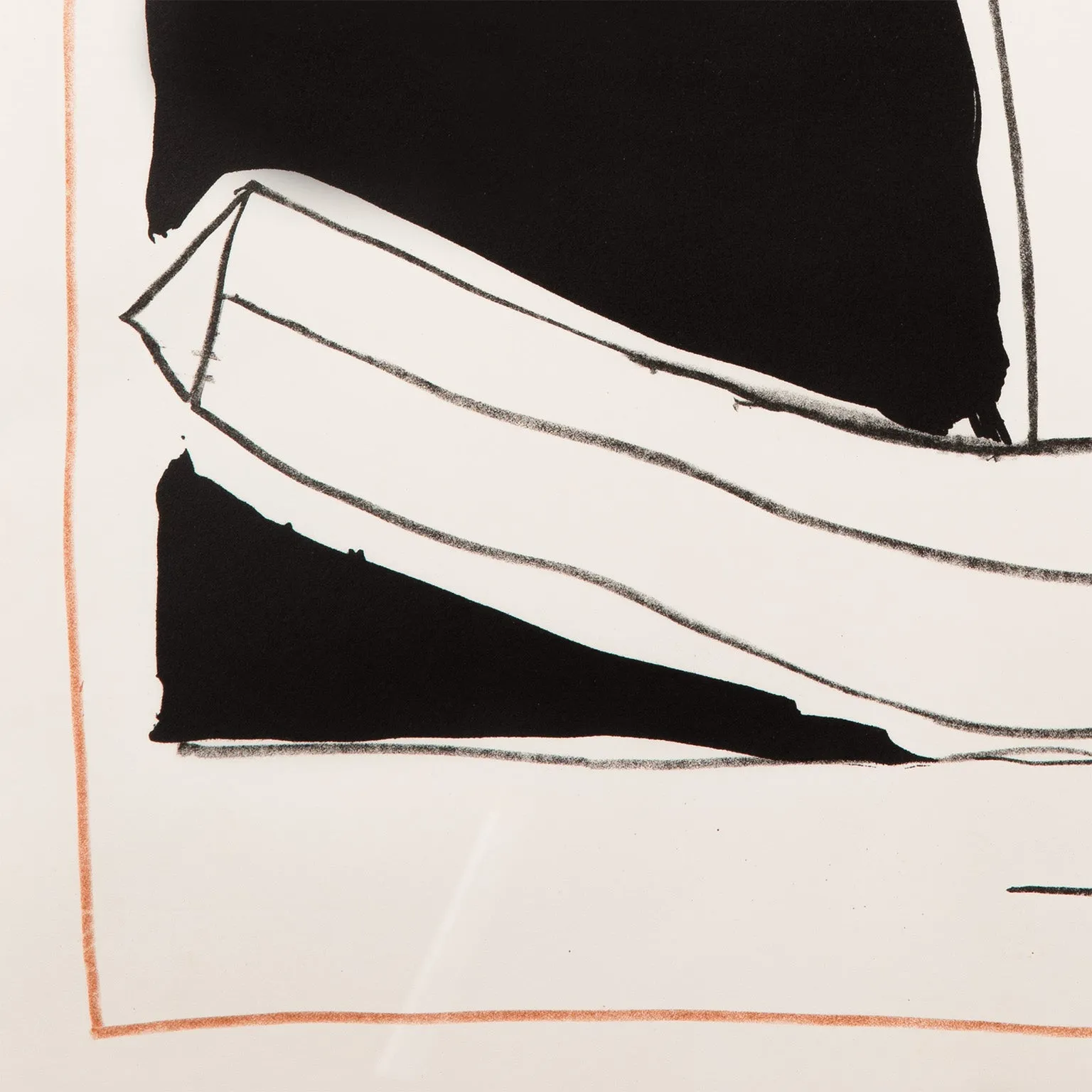
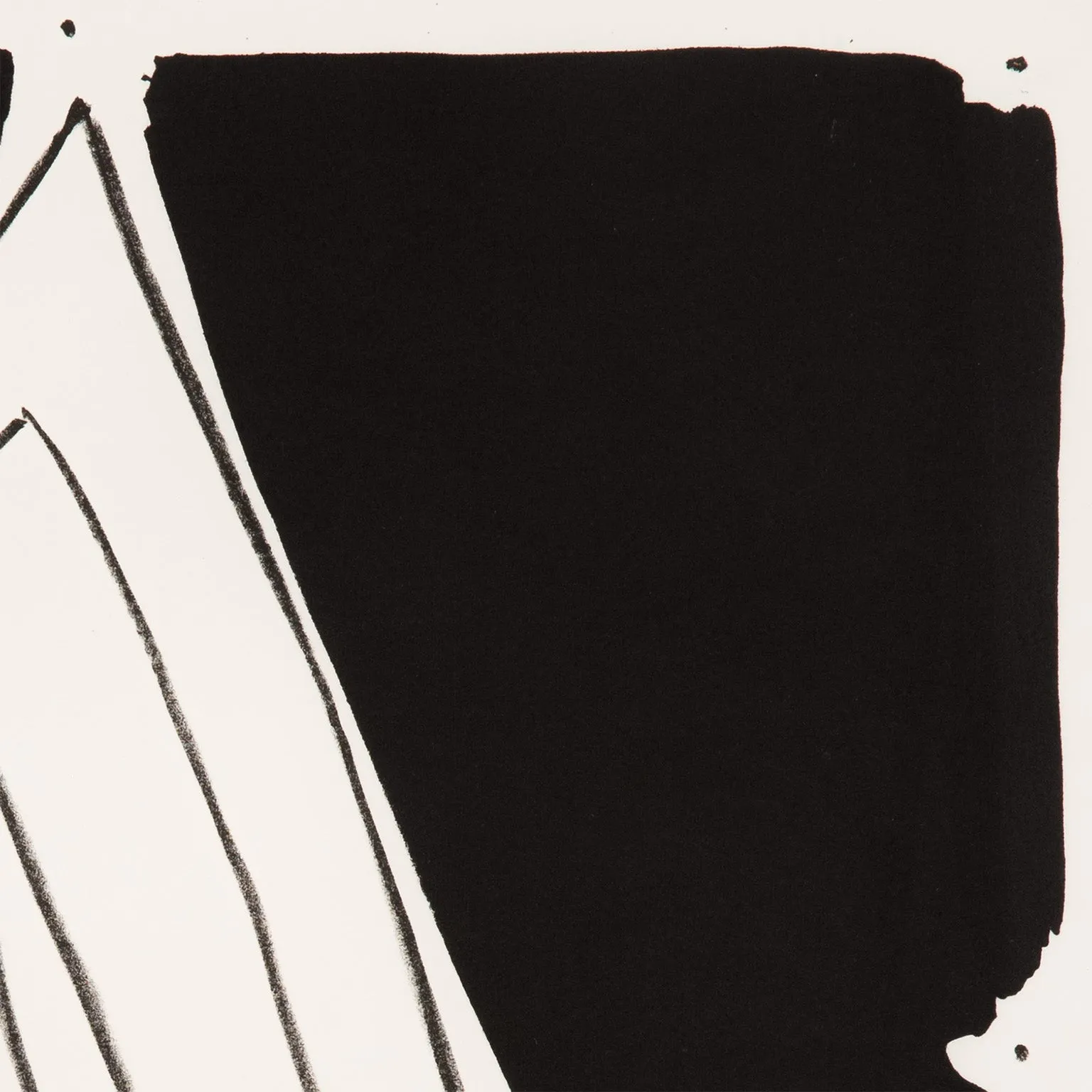
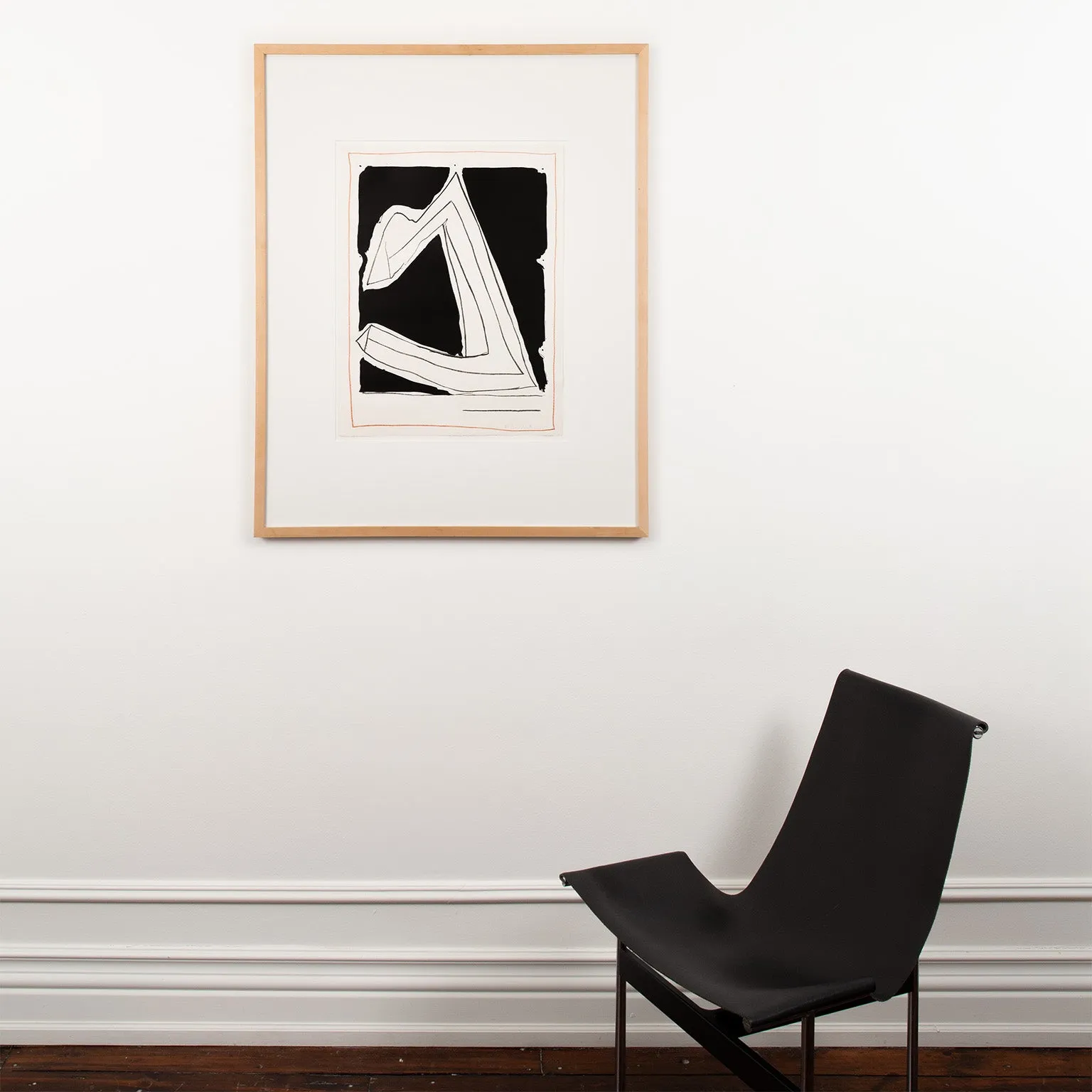
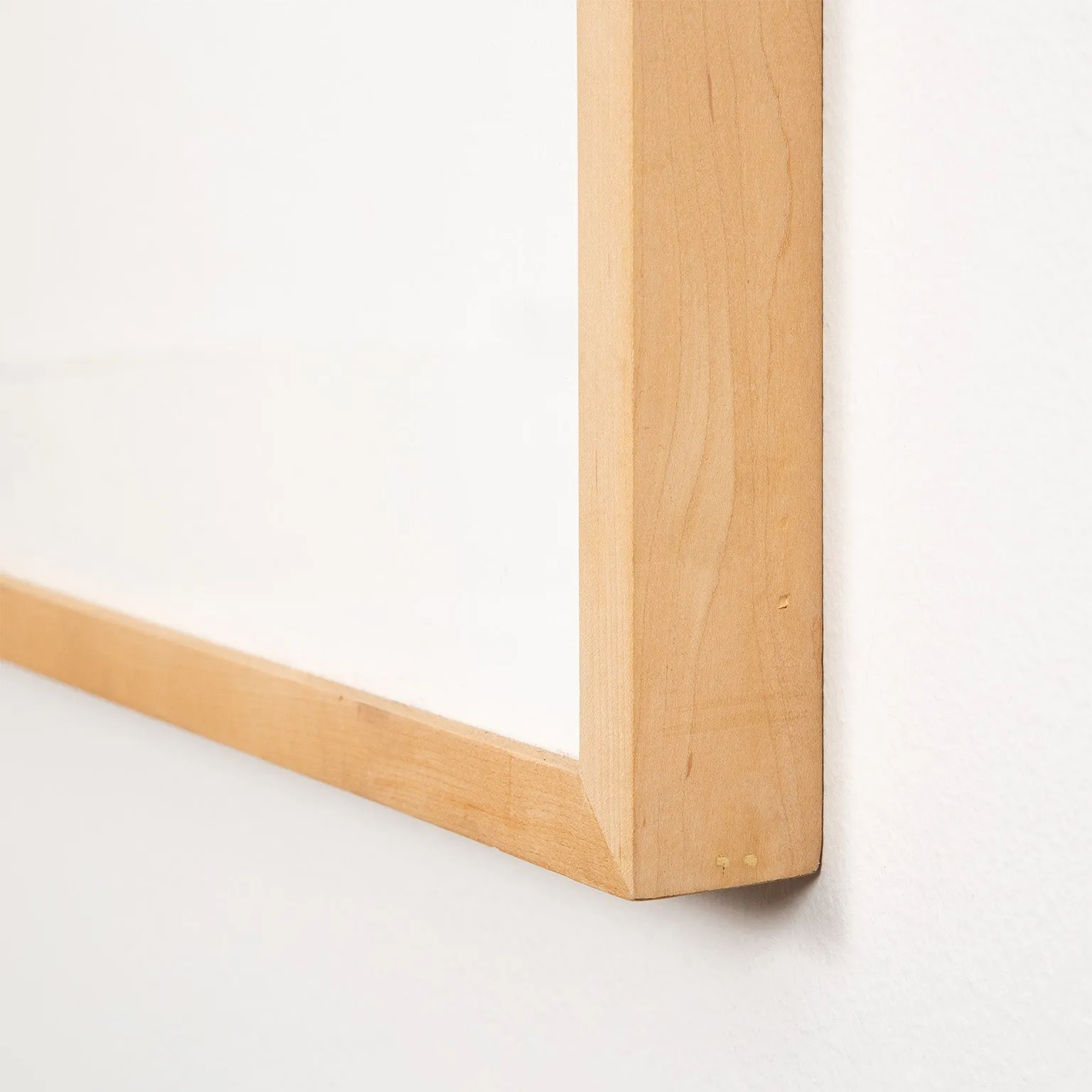
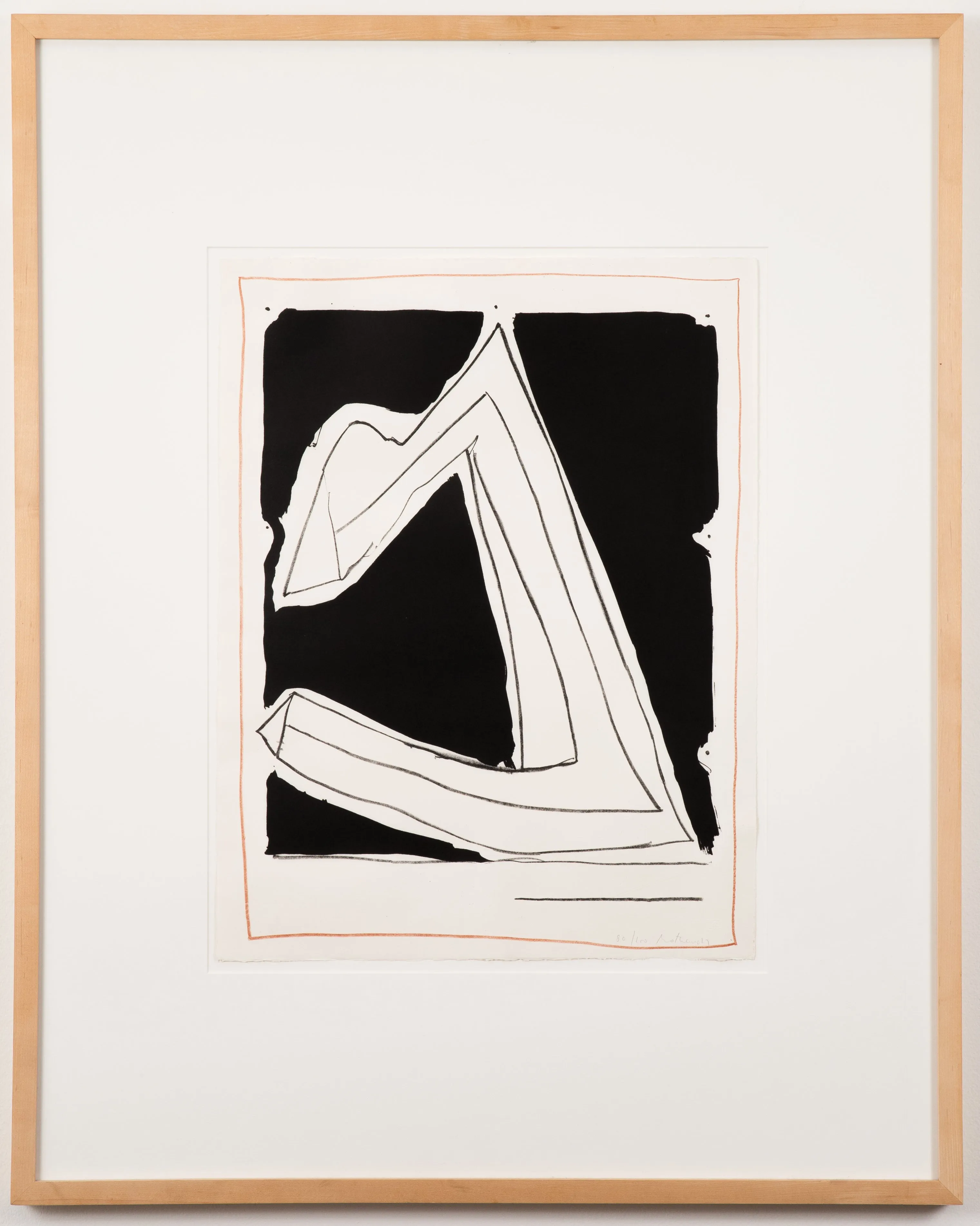
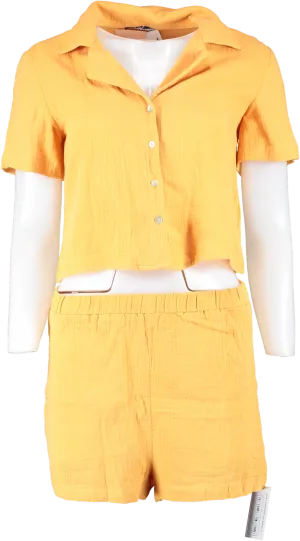


![RST X KEVLAR TECH PRO CE TEXTILE JEAN [SOLID BLACK] RST X KEVLAR TECH PRO CE TEXTILE JEAN [SOLID BLACK]](https://www.animalpatch.shop/image/rst-x-kevlar-tech-pro-ce-textile-jean-solid-black_Ziw5fj_300x.webp)
